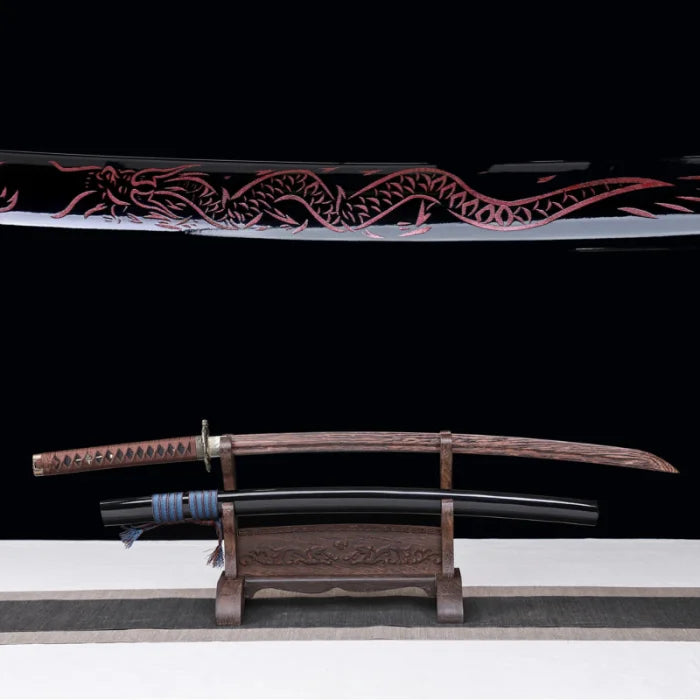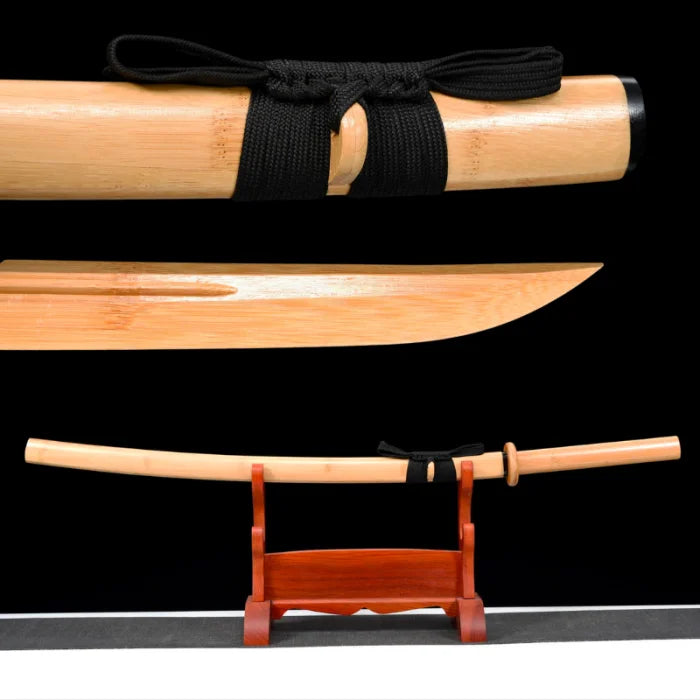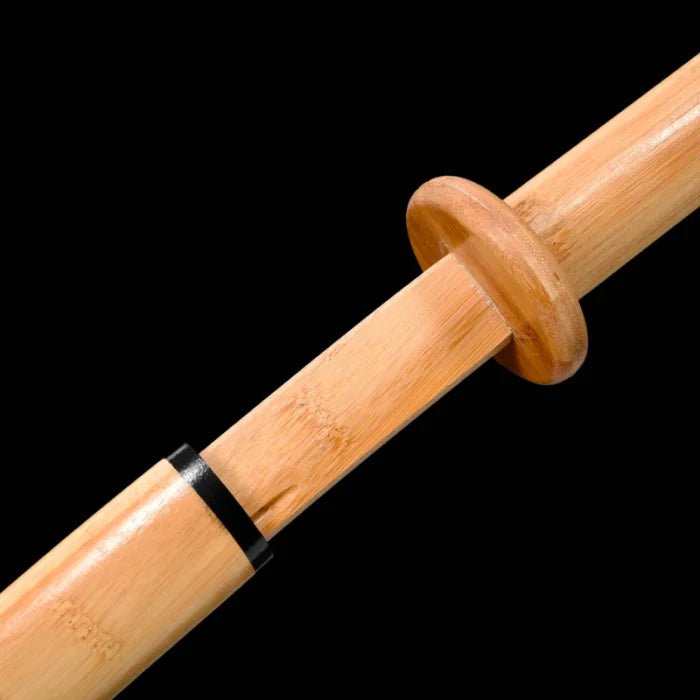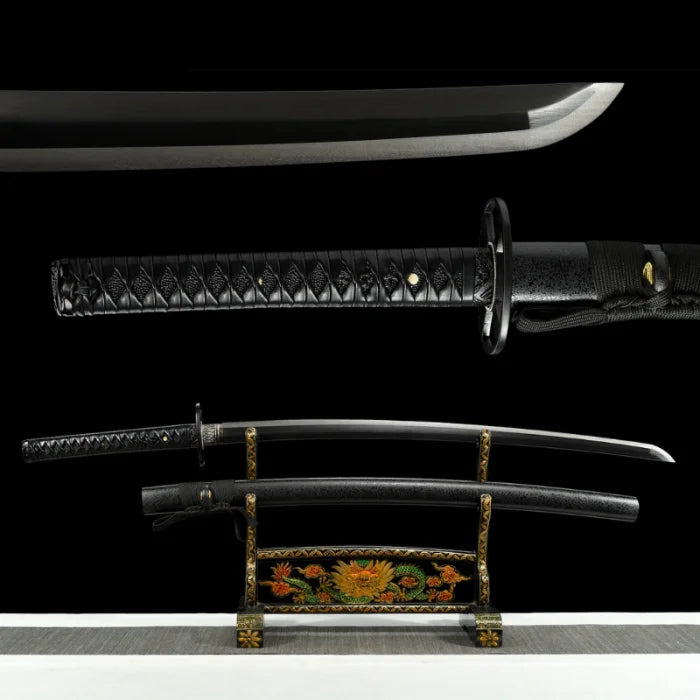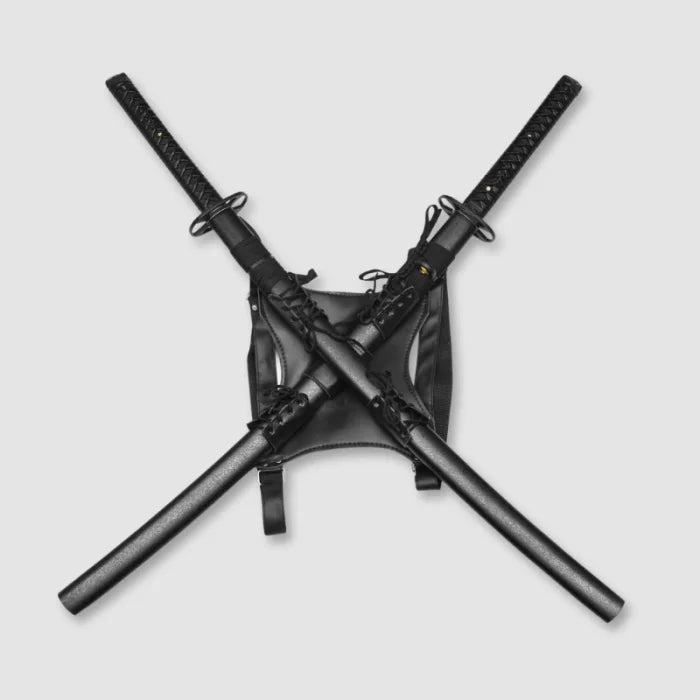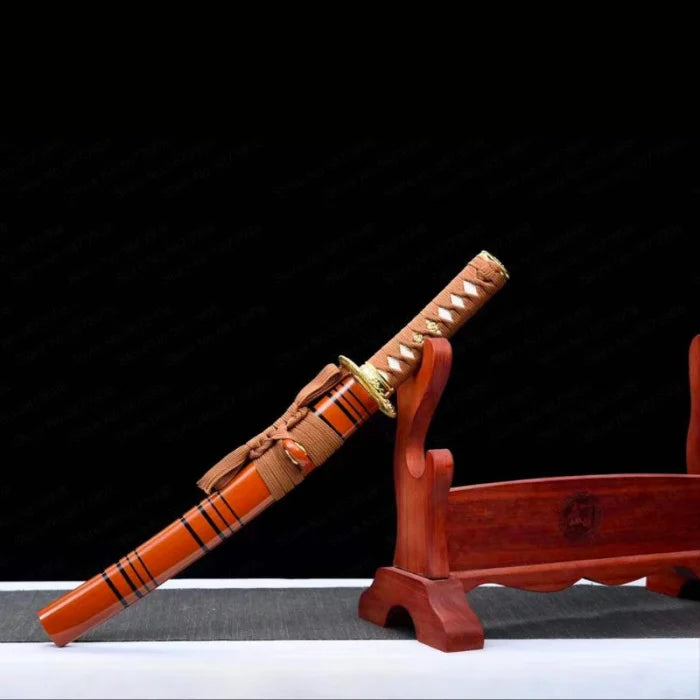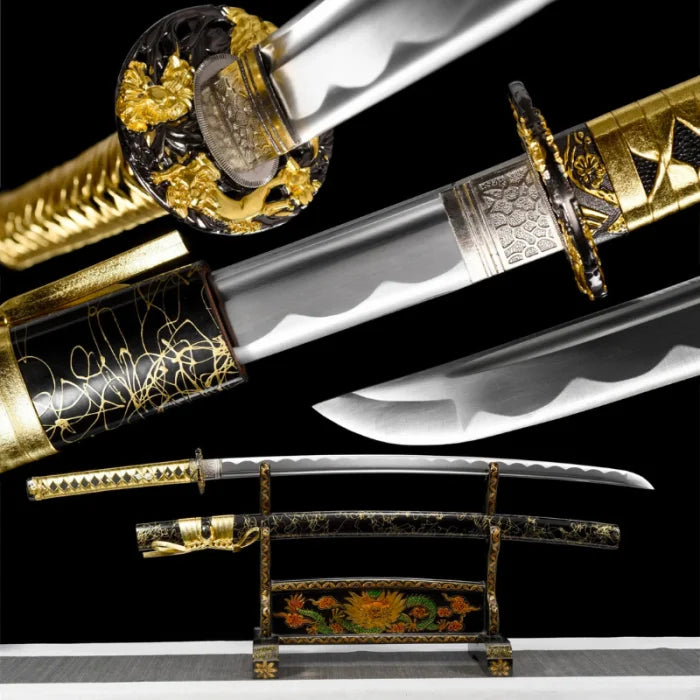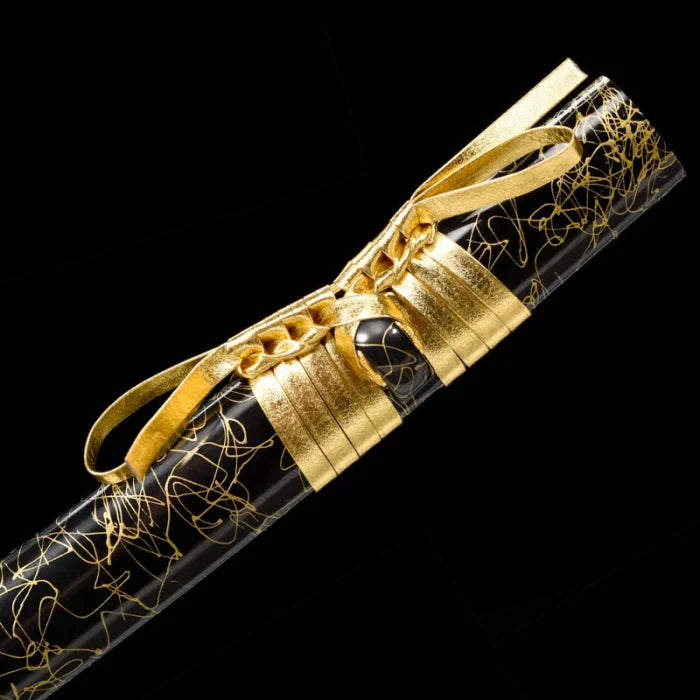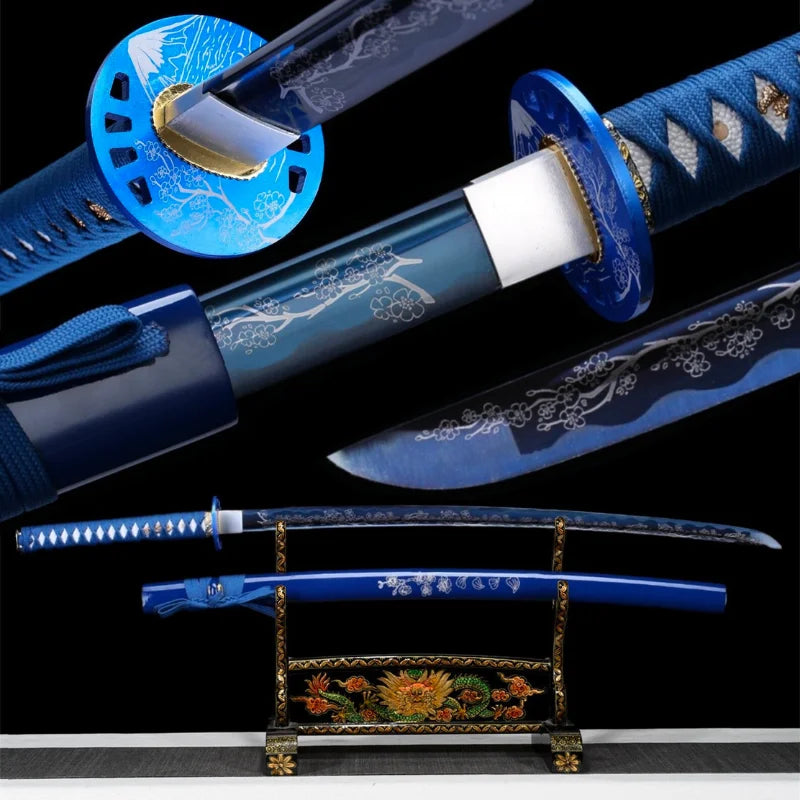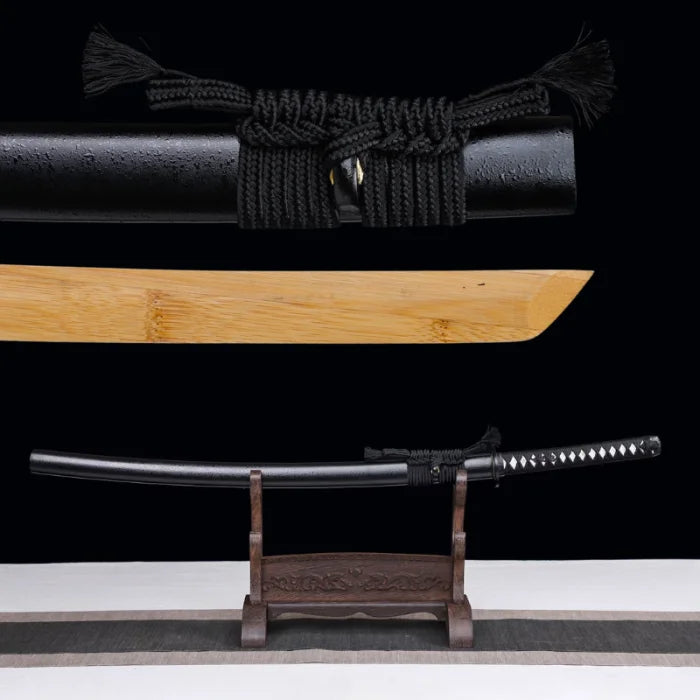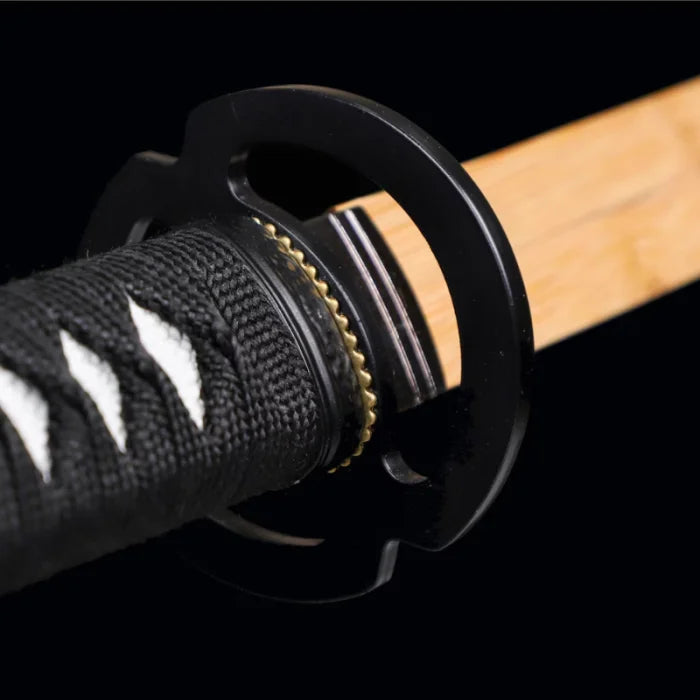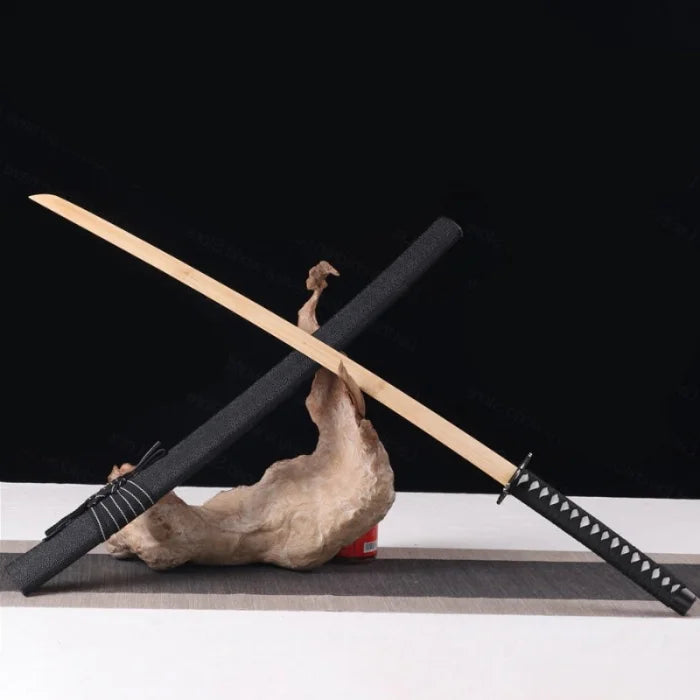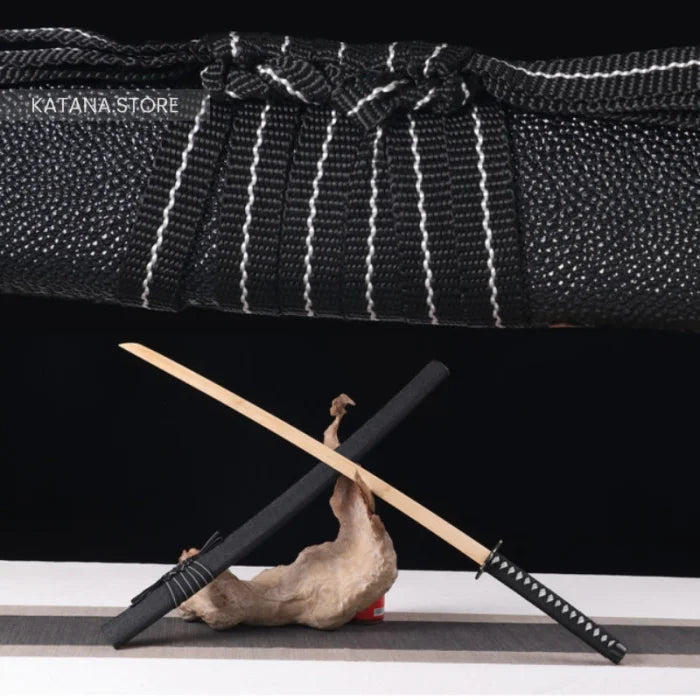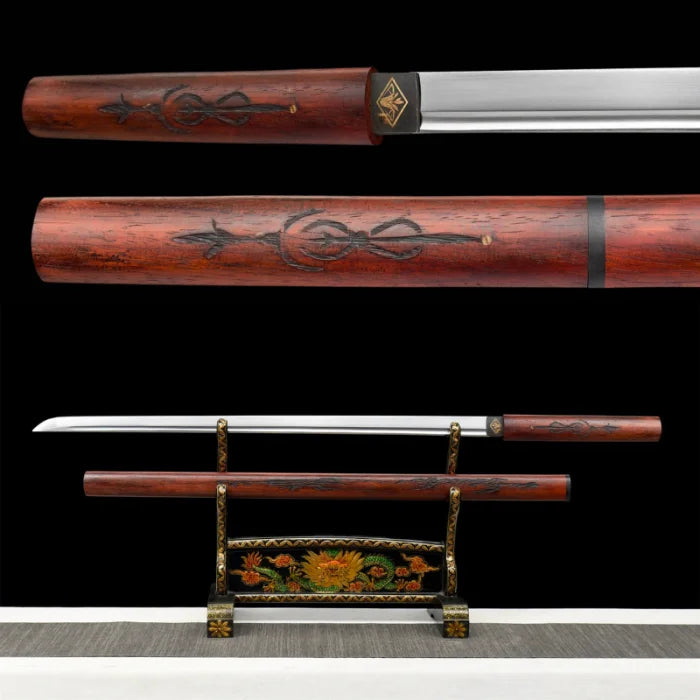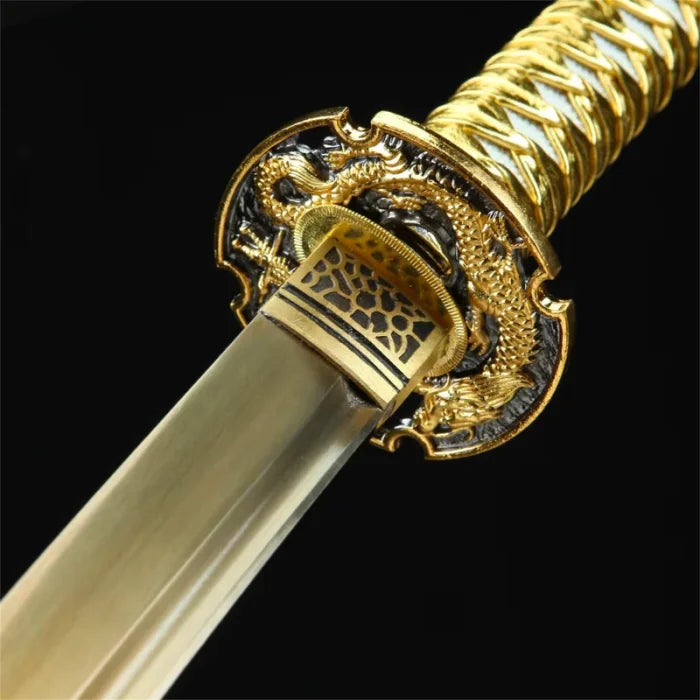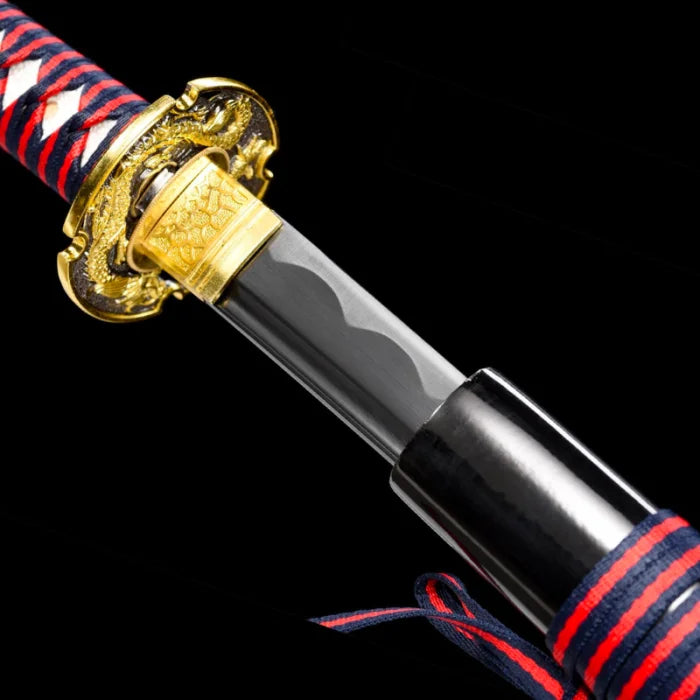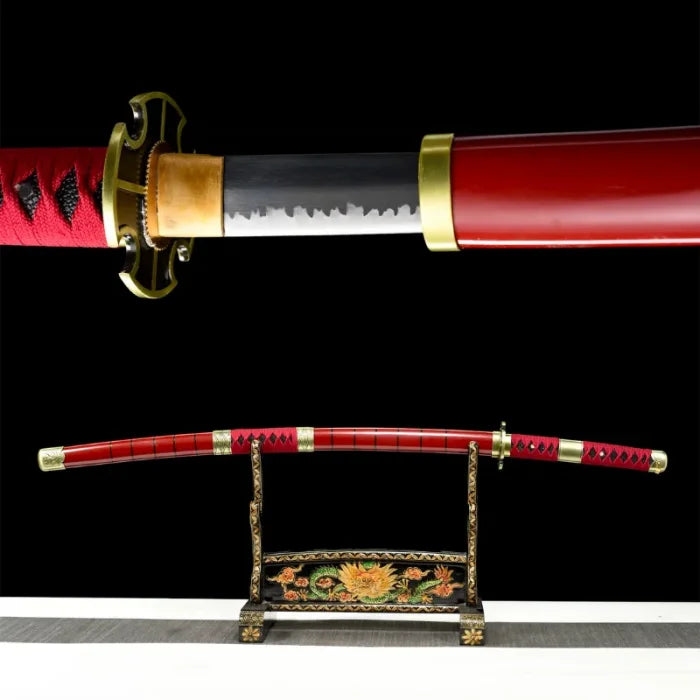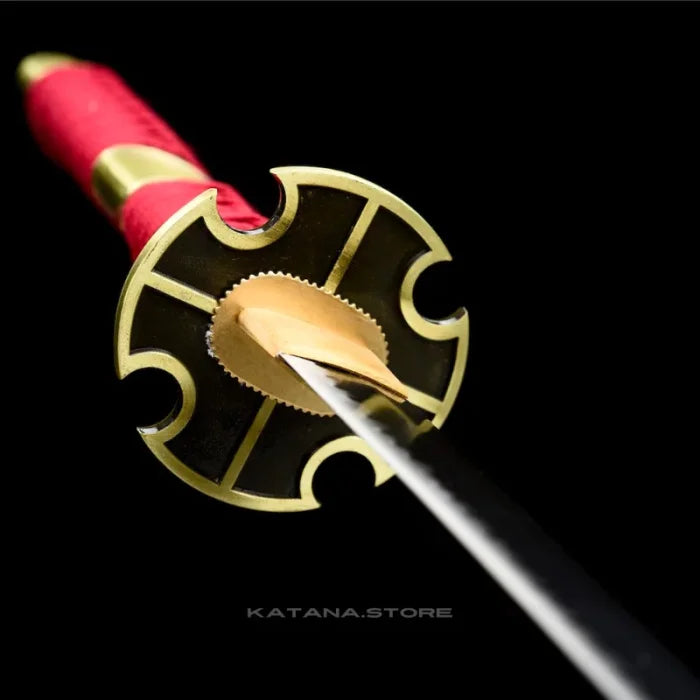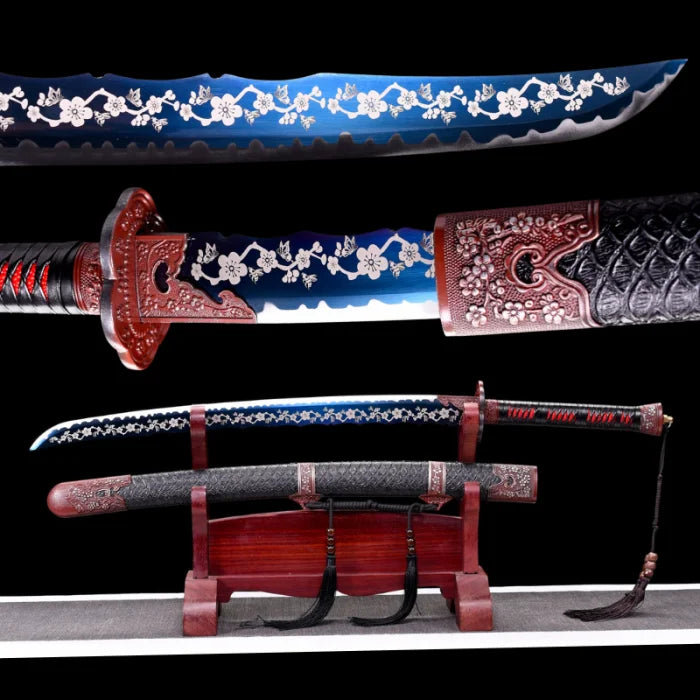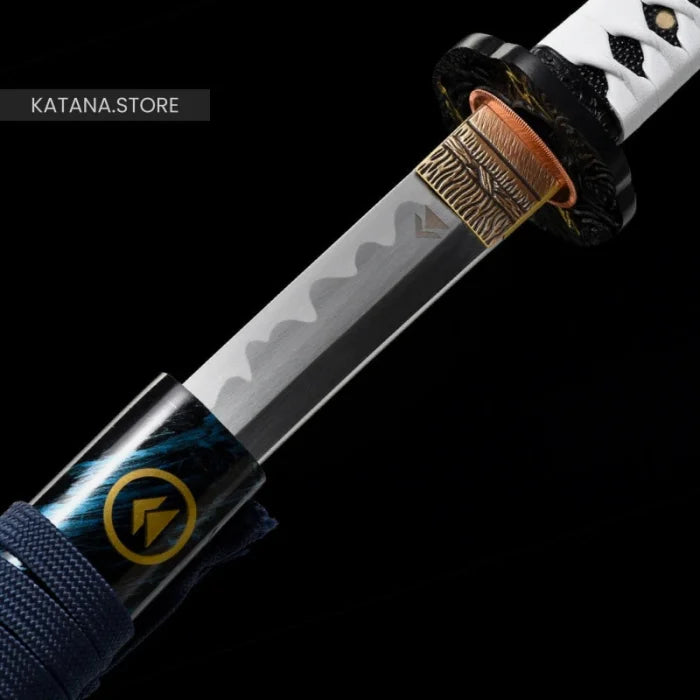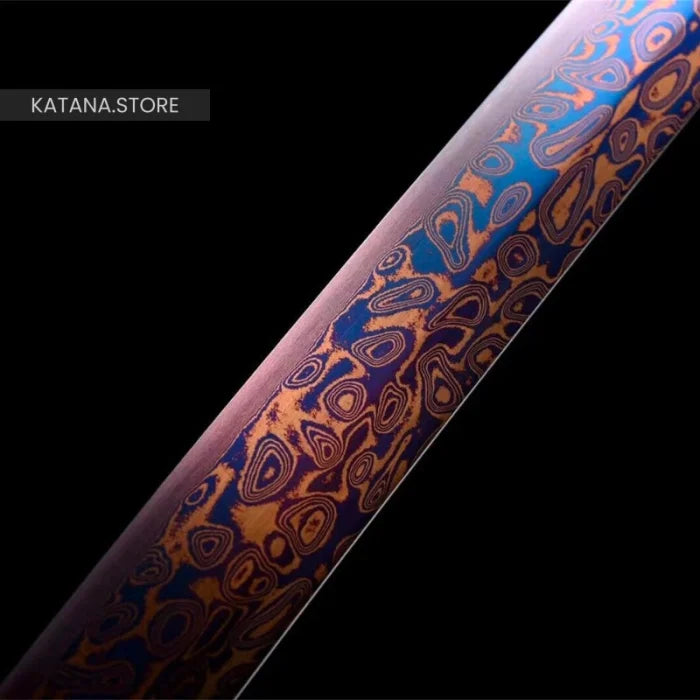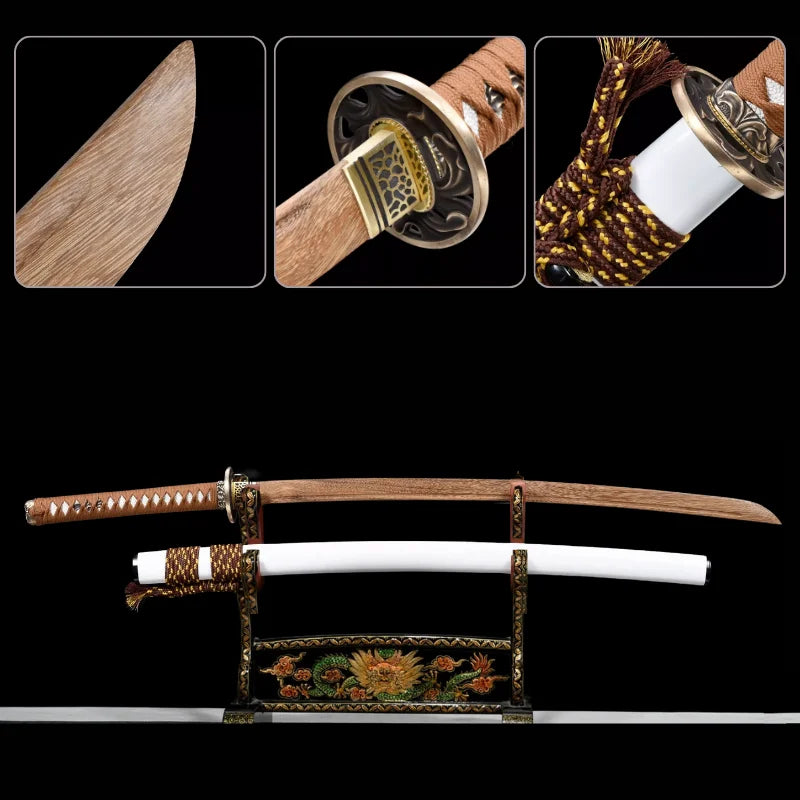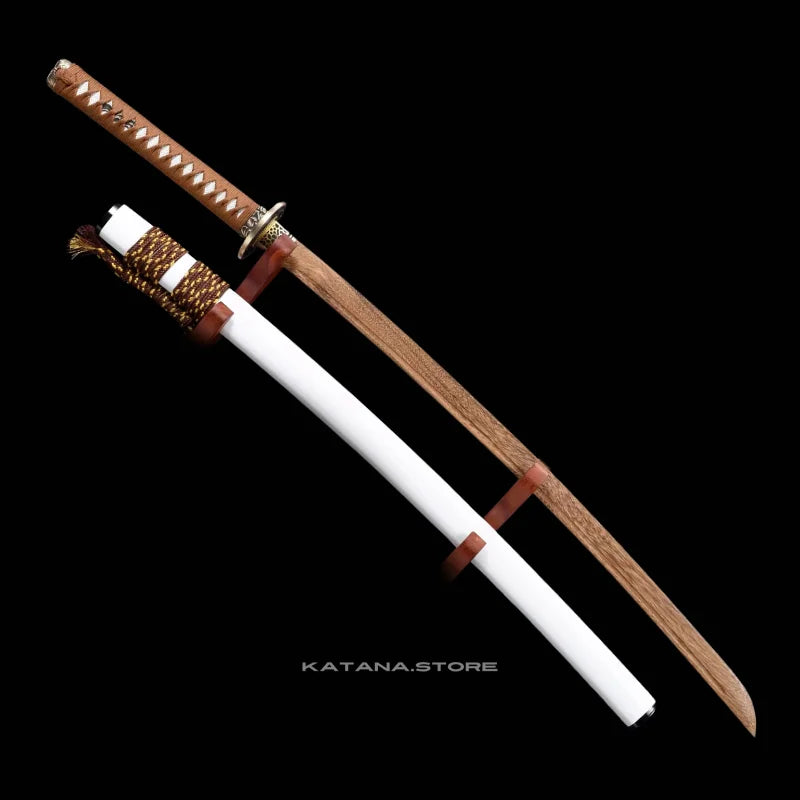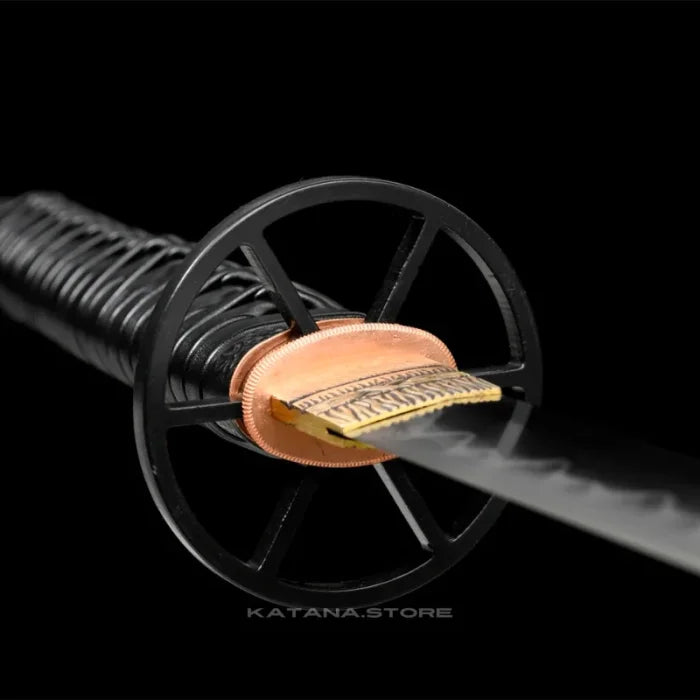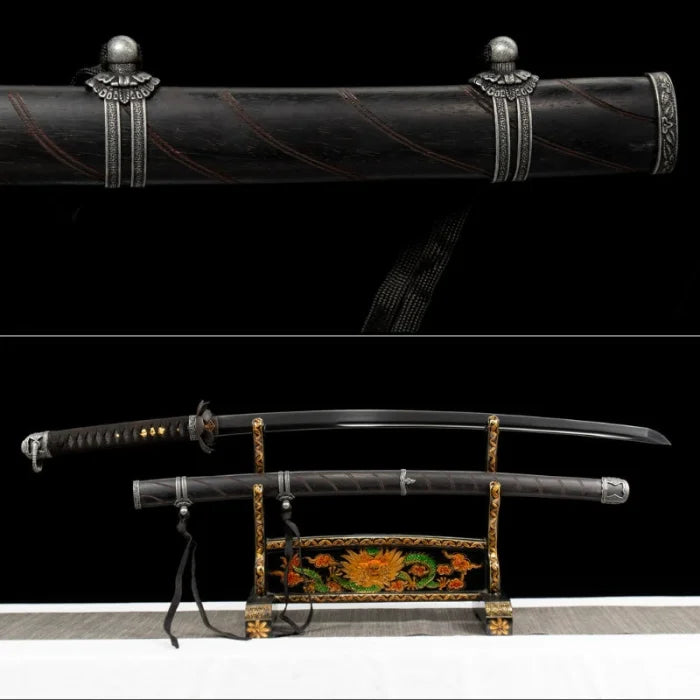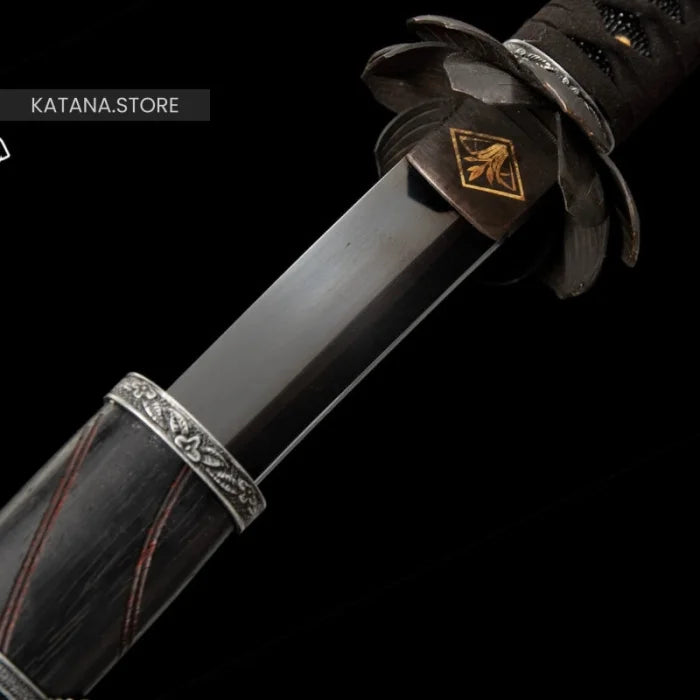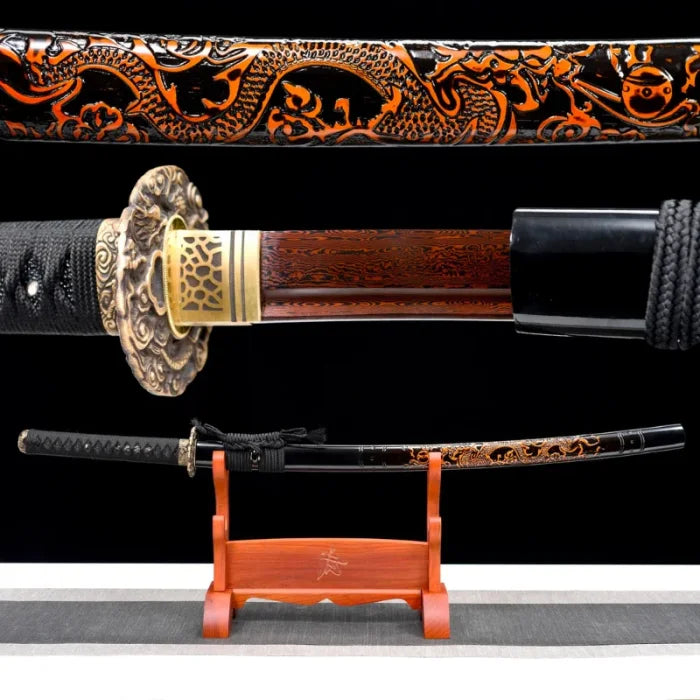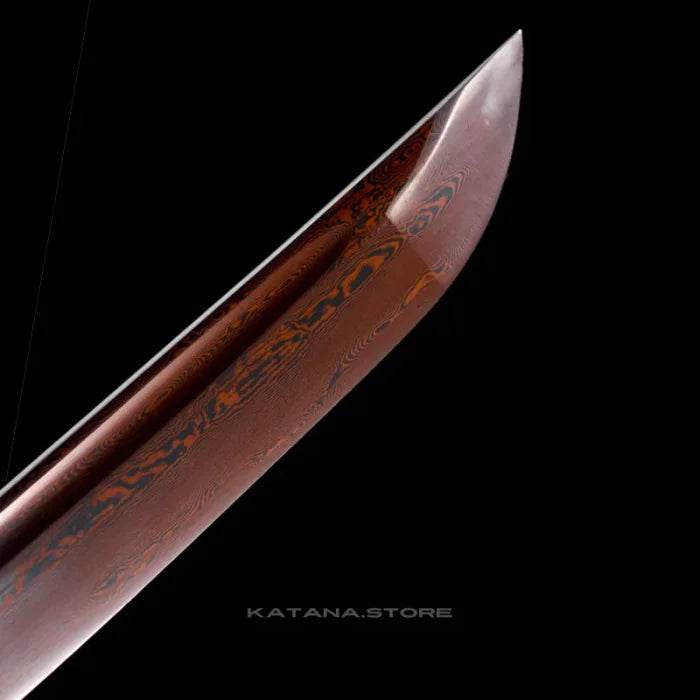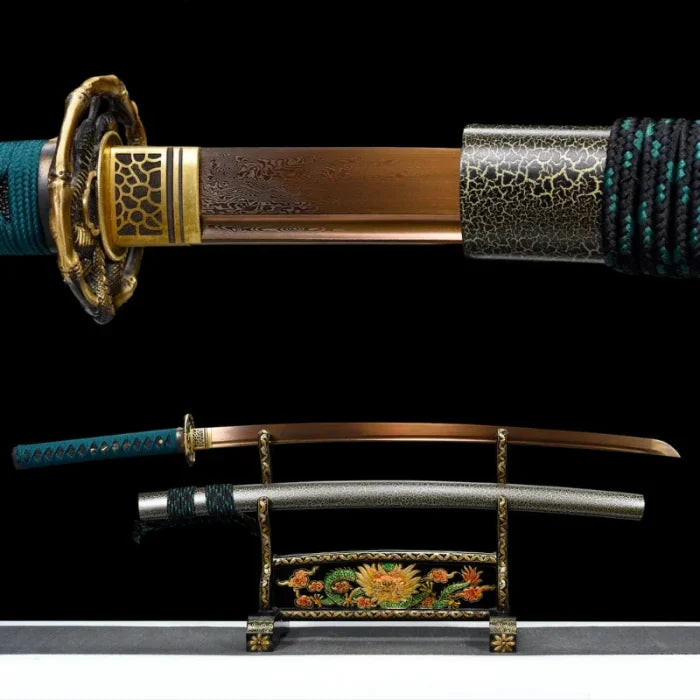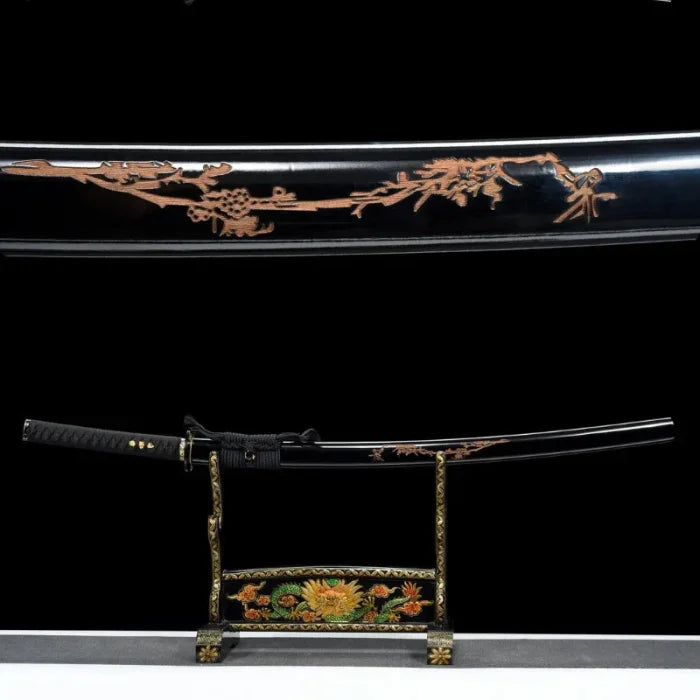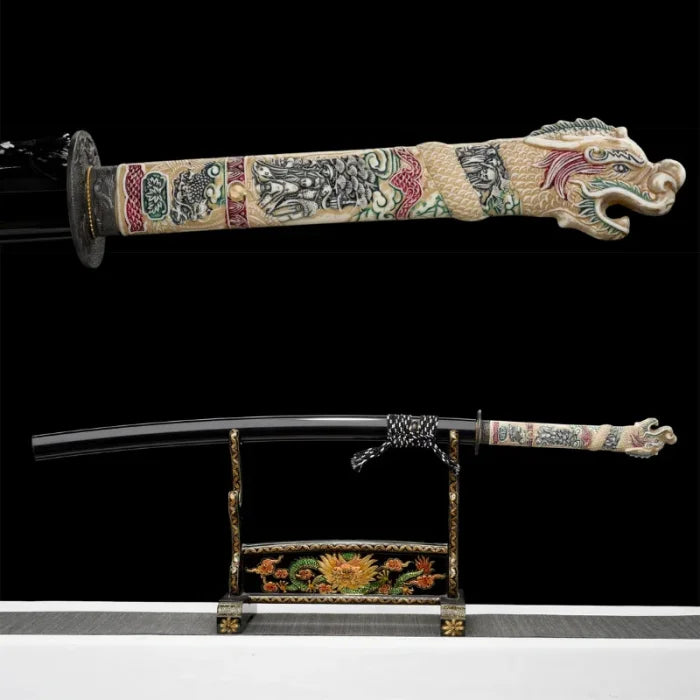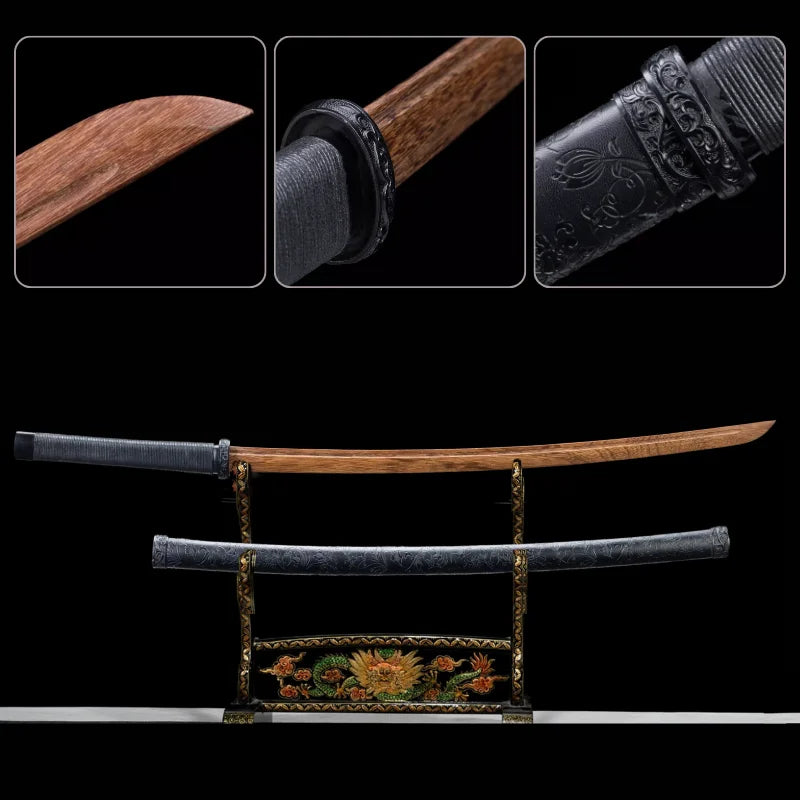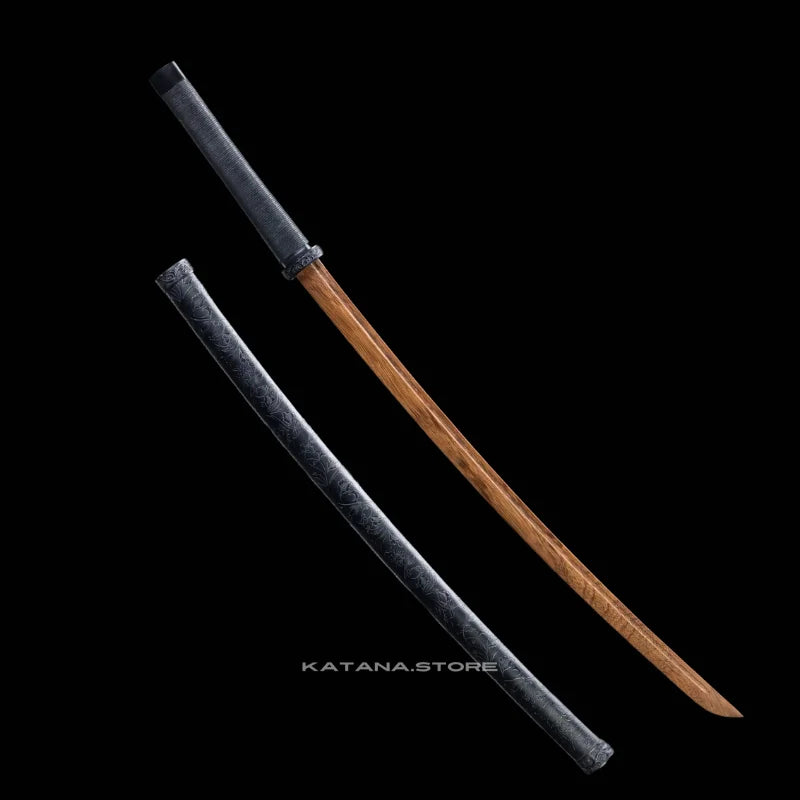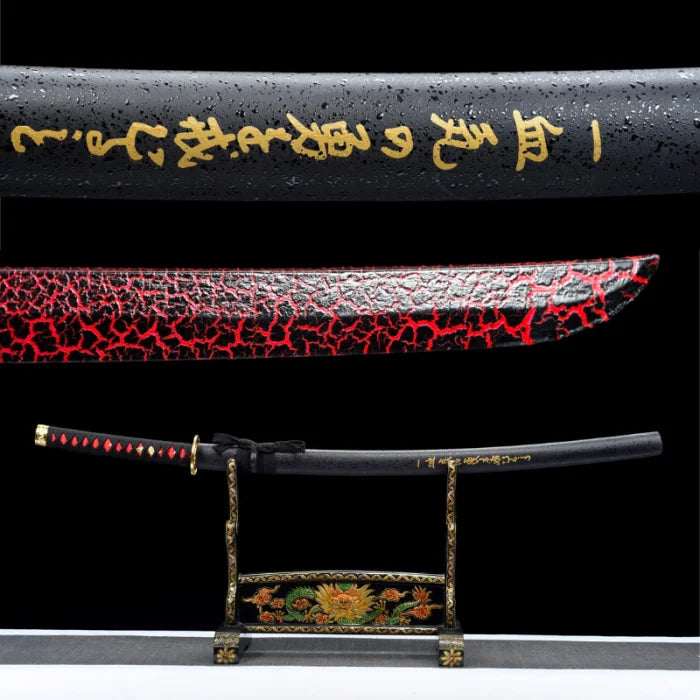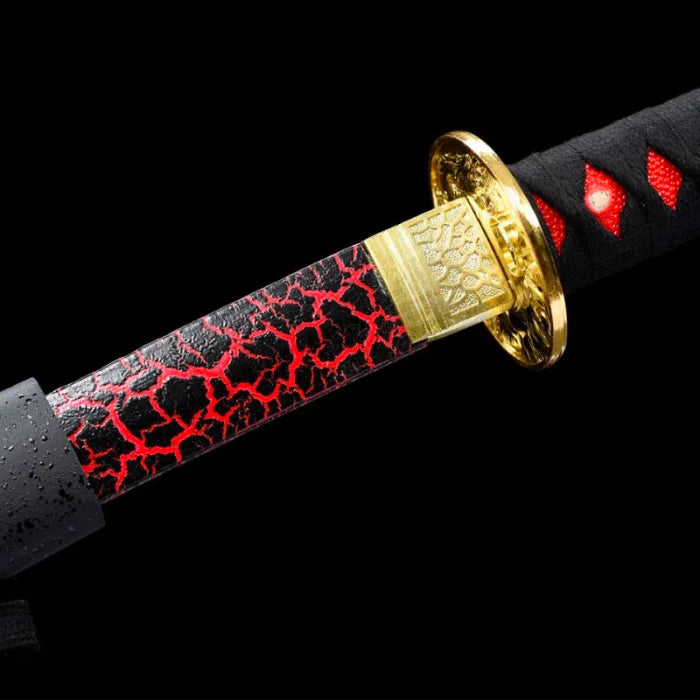Japanese Swords
What is a Japanese sword
The Japanese sword, known as Nihonto, represents a pinnacle of ancient craftsmanship and martial tradition. Each type of Japanese sword carries its unique purpose, design, and historical importance.
Katana: Renowned as the quintessential Japanese sword, the katana (samurai swords) features a long, curved blade celebrated for its exceptional sharpness and durability. It features a full tang construction, ensuring that the blade extends into the handle, making it battle-ready and robust. Katanas are traditionally hand-forged, utilizing folded steel and a complex forging process, which includes quenching and tempering to achieve the perfect balance of flexibility and hardness.
Wakizashi: This shorter companion sword to the katana was worn by samurai warriors and used in close combat. The wakizashi is versatile, serving as a backup weapon and tool, often used for seppuku in the feudal era. It shares many of the same handmade and polishing techniques as the katana, including a folded steel blade and sharpened edge.
Tanto: A short sword or dagger, the tanto is characterized by its single-edged blade and was used for stabbing or slashing in close quarters. It could be as ornate as it was functional, with lacquered sheaths and Damascus steel blades featuring prominently in more ceremonial versions.
Ninjato: Often associated with the stealth warriors known as ninjas, the ninjato is shrouded in mystery. Its straight blade and simple construction are distinct from the more curved samurai swords, designed for speed and efficiency. Replicas of ninjato are popular among martial arts practitioners and anime fans alike.
Chokuto: This is one of the earliest types of Japanese swords, characterized by a straight, single-edged blade. Originating in the Heian period, the chokuto laid the foundation for later designs and was primarily used before the advent of curved swords in Japan.
Nodachi: A massive long sword, the nodachi was used in warfare on horseback, requiring considerable skill and strength. Its lengthy blade made it formidable on the battlefield, but its size made it impractical for close combat or indoor use.
Tsuguri: Rare and less known, the tsuguri is a variant of the Japanese sword that features unique construction and was used during specific samurai rituals.
Uchigatana: A term often used interchangeably with katana, the uchigatana was a sword that could be drawn quickly for combat and was popular among foot soldiers during the Muromachi period.
Tachi: Preceding the katana, the tachi was a long sword with a more pronounced curve, designed to be worn with the cutting edge facing down. Its craftsmanship is evident in the hand-forged blades and elaborate fittings, reflecting the high samurai status.
Modern reproductions of these traditional swords maintain the historical characteristics, such as the folded steel known for its patterned beauty akin to Damascus steel, and the full tang construction that extends the blade into the handle, ensuring durability and balance.
The artistry of these swords extends to their fittings and scabbard (Saya), which can be as elaborate as the blades themselves. The Tsuba (handguard), often forged separately, is an intricate piece that serves both functionality and decoration.
Japanese swords are not just for combat; they serve as works of art and historical artifacts. They are valued in various practices, from Iaido, where practitioners draw and cut with the sword, to Tameshigiri, the art of test cutting. In modern times, they also become central pieces in home decor, martial arts dojos, and are sought after by collectors worldwide.
These blades carry the spirit of the samurai, and owning a Japanese sword is like possessing a piece of history, artistry, and martial tradition. Whether it's the edged weapon of a Ronin or the ornate blade of a Daimyo, each Japanese sword tells a story of its past and the master blacksmith's skill.
How are Japanese Swords made
Japanese sword-making is an intricate art form, deeply entrenched in tradition and reliant on the expertise of specialized craftsmen. Each artisan plays a crucial role in creating various components of the sword, contributing to a process revered for its precision and the exceptional quality of the final product. The craft of Japanese sword-making is a seamless integration of artistic expression and metallurgical precision, exemplifying a deep commitment to perfection in every facet.
Leading this meticulous process is the tosho, or swordsmith, tasked with the critical role of forging the blade. This initial step lays the foundation for the sword's quality, strength, and beauty. Aided by apprentice smiths, the tosho transforms the raw tamahagane steel into the sword's core through a series of heating, folding, and hammering steps. This labor-intensive process not only shapes the blade but also works out impurities, ensuring a pure and resilient end product.
The togishi, or polisher, plays a crucial role in bringing out the blade's beauty and sharpness, employing an array of stones and techniques to create a finish that highlights the unique jihada, or grain pattern, of the steel. This pattern is not only aesthetically pleasing but also indicative of the sword's quality and the smith's expertise.
Kinkoshi, or metalworkers, contribute their skill in creating the intricate metal fittings that adorn the sword, enhancing its functionality and visual appeal. The shiroganeshi crafts the habaki, the blade collar that ensures a snug fit into the scabbard, while the sayashi carefully carves the scabbard, or saya, itself. The saya, often lacquered by the nurishi, is a protective covering that also serves as a canvas for artistic expression.
The tsukamakishi, or hilt maker, wraps the handle in materials like silk or rayskin to provide a firm grip, ensuring the sword is as practical as it is beautiful. The tsubashi, or guard maker, forges the tsuba, a crucial element that protects the hand during combat.
Historically, each component of the sword might have been made by different craftsmen, sometimes in different styles and regions. The daishō, the paired set of a katana and wakizashi, was not always forged together, and pairs made by the same smith are considered rare and valuable.
The overall process of creating a Japanese sword is not just about forging a weapon; it's about creating a sacred object. The blade is treated with reverence throughout its creation, embodying the spirit of the samurai and the principles of Bushido. The resulting swords are as much works of art as they are functional weapons, each telling a story of its era, maker, and the warrior who would have wielded it.
Modern-day swordsmiths continue this tradition, using both ancient techniques and modern knowledge to produce blades of exceptional quality. The tamahagane steel, folded and reforged, forms a blade with a hard, sharp edge and a flexible spine, capable of withstanding the rigors of combat while retaining its exquisite form.
Our Hand-forged Japanese Swords
Our exceptional array of Handmade Japanese Swords represents the enduring legacy of classic Japanese sword-making. Every sword in our assortment is an exemplar of fine craftsmanship, meticulously shaped with unparalleled attention to detail by master artisans deeply rooted in ancestral techniques. Far from being simple imitations, these swords stand as genuine, fully functional pieces of art, encapsulating the essence and spirit of the historic samurai.
The blades, forged from the highest quality tamahagane steel, or other steels are folded and hammered, following the meticulous methods that give Japanese swords their renowned strength and a breathtakingly beautiful grain pattern unique to each piece. The swordsmiths employ traditional techniques such as the differential hardening process, creating a distinct hamon, the visual signature of a genuinely hand-forged Japanese blade.
The swords' fittings are no less remarkable, with tsuba (hand guards), fuchi-kashira (hilt collars and caps), and menuki (hilt ornaments) all handcrafted from fine materials, including copper, brass, and sometimes even gold and silver. The tsuka (handles) are tightly wrapped in genuine rayskin and the highest quality silk or cotton, ensuring a secure grip and an authentic feel.
Our collection spans various types of Japanese swords, from the mighty katana, known for its long, curved blade, to the shorter wakizashi and tanto, each with its historical significance and purpose. We also offer unique pieces such as the nodachi and the shirasaya, showcasing the diversity and adaptability of Japanese sword-making.
Collectors and martial artists alike will appreciate the dedication to historical accuracy and craftsmanship in each sword. These are blades that can be used for traditional martial arts practice, displayed as part of a sophisticated collection, or even wielded as a statement piece in ceremonial attire. Owning a sword from our handmade Japanese Swords collection is not just an acquisition—it's an experience, a journey back in time to the age of the samurai, and a chance to hold history in your hands.
Filters
306 products



